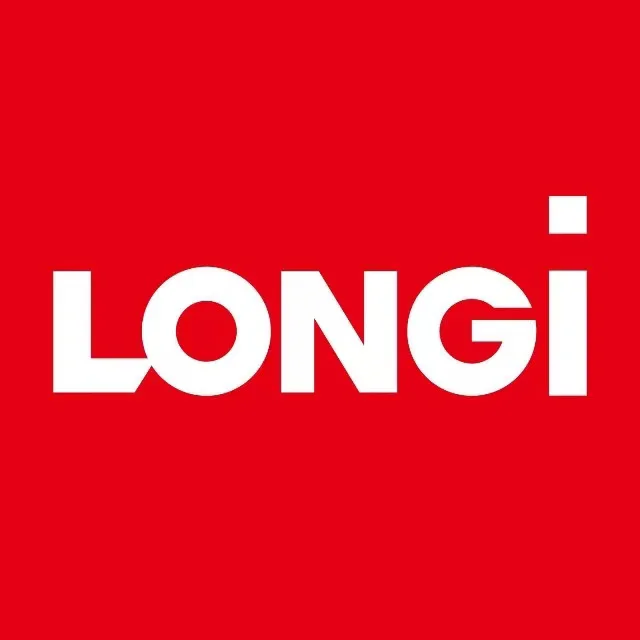LONGi just snagged its 23rd consecutive AAA rating from PV Tech’s Q3 2025 PV ModuleTech Bankability Ratings. The press release is full of the usual corporate-speak about "dedication," "expertise," and delivering "economic value." But let's be real: in the world of finance, consistency doesn't always equal quality. Sometimes, it just means you're consistently riding a wave – and waves eventually crash.
The core of this "achievement" rests on the PV ModuleTech Bankability Ratings. Solar Media Ltd. claims this report is an "authoritative and independent benchmark." Okay, but what exactly does that mean? The press release vaguely mentions "financial health, manufacturing strength, and industry influence." That's great, but the devil is always in the details.
What specific financial metrics are they using? Debt-to-equity ratio? Cash flow? And how are they weighting these factors? The report itself (which, naturally, requires a purchase) is the black box here. Without transparency into their methodology, the AAA rating is just a number. It's a shiny object meant to attract investors, developers, and EPCs (Engineering, Procurement, and Construction companies) – but should they be that easily swayed?
I've seen companies with supposedly stellar ratings crumble under the weight of unforeseen circumstances. Remember Enron? (A bit of ancient history, I know.) Ratings agencies aren't infallible. And a single rating, no matter how many times it's repeated, shouldn't be the sole basis for a major investment decision. Due diligence still matters.
LONGi’s press release also leans heavily on the "green energy" narrative. They're "making the best of solar energy to build a green world." It all sounds very noble, but let's consider the less-publicized aspects of solar panel manufacturing. The process is energy-intensive (often relying on fossil fuels in manufacturing hubs) and generates significant waste.

And what about the end-of-life disposal of these panels? Are there robust recycling programs in place to handle the mountains of discarded solar panels that will inevitably pile up in the coming decades? I've looked at the data, and the answer is a resounding "not yet." The industry is still grappling with this issue.
The company has honed its capabilities to provide green energy and has more recently embraced green hydrogen products and solutions to support global zero carbon development. How much of their revenue actually comes from these "green hydrogen products"? Is it a significant portion or just a rounding error in their overall financials? These are the questions that need answering.
The press release quotes Eric Luo, Group Vice President and President of LONGi North America Business Center. He states that securing the 23rd consecutive AAA rating "is a reflection of the dedication and expertise of our teams globally." Of course, he's going to say that. It's his job. But let's be honest: press releases are designed to reinforce existing narratives, not to provide objective analysis. As reported in LONGi Earns 23rd Consecutive AAA Rating in PV Tech’s Q3 2025 PV ModuleTech Bankability Report, the company is proud of its achievement.
This entire situation reminds me of a dog chasing its tail. LONGi gets a good rating, they issue a press release touting the rating, the press release gets picked up by industry publications, which reinforces the perception of LONGi as a top-tier company, which then helps them secure more contracts and maintain their financial health, which then leads to another good rating. It's a self-perpetuating cycle.
Twenty-three consecutive AAA ratings is impressive, sure. But without more transparency into the methodology behind PV Tech's ratings and a more critical examination of the environmental impact of solar panel manufacturing, I'm not convinced this is the slam-dunk victory LONGi wants you to believe it is. Caveat emptor.